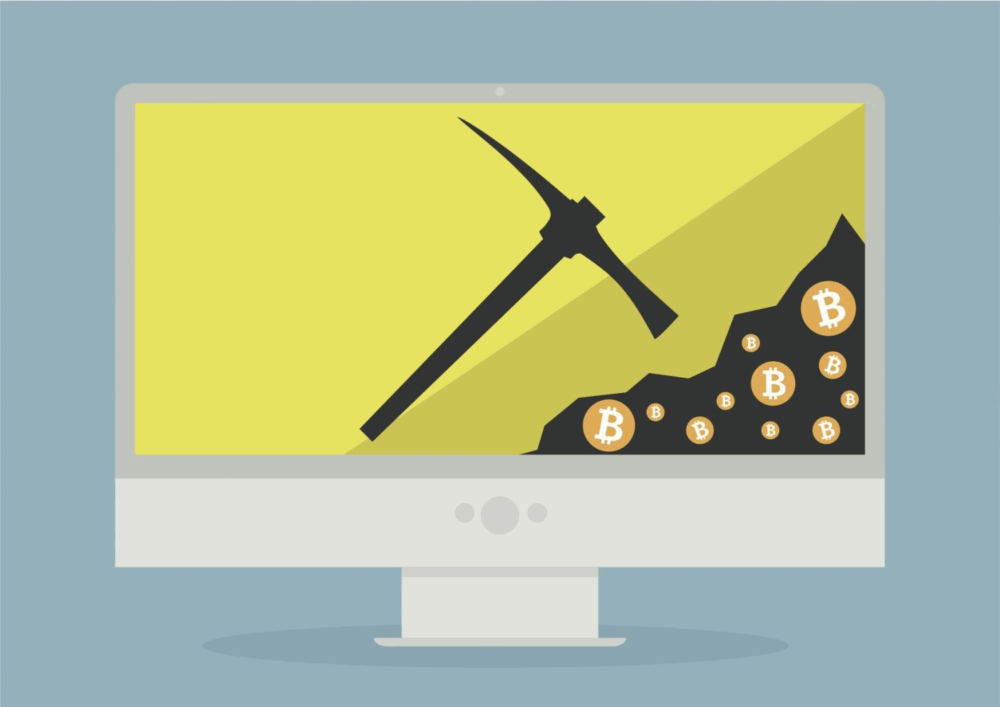Browser Mining and How to Protect Yourself
In the past week, the internet has been actively discussing the phenomenon of browser mining. While the concept of mining through a browser isn’t new, until recently, no one had tried to secretly embed mining scripts directly into website code. The first to experiment with this was the popular torrent tracker Pirate Bay. Instead of earning money through ads (as most sites do), they decided to profit in another way. Without visitors’ knowledge, their browsers used computer resources to mine cryptocurrency. This caused a major stir, as users noticed that this hidden monetization method pushed CPU usage up to 100%.
With this method, any website you visit or any browser extension you use can quietly start mining cryptocurrency in the background.
Personally, I’m not against browser mining—as long as it’s the user’s choice. If a site asks for permission and the user agrees, that’s fine. Otherwise, it’s unacceptable, and hidden browser mining should be blocked.
Domains Used by Browser Miners
Here’s a list of all known browser mining domains as of now:
- azvjudwr.info
- cnhv.co
- coin-hive.com
- gus.host
- jroqvbvw.info
- jsecoin.com
- jyhfuqoh.info
- kdowqlpt.info
- listat.biz
- lmodr.biz
- mataharirama.xyz
- minecrunch.co
- minemytraffic.com
- miner.pr0gramm.com
- reasedoper.pw
- xbasfbno.info
How to Protect Yourself from Browser Mining
There are several ways to protect yourself from browser-based mining:
- Editing the hosts file
- Installing a special utility
- Disabling JavaScript in your browser
- Installing a browser extension
- Adding filters to uBlock or AdBlock
Each method has its pros and cons. Let’s go through them one by one.
1) Blocking Mining via the Hosts File
To block mining, Windows users can add mining domains to the hosts file. For example, to block the well-known Monero miner coin-hive.com:
- Open File Explorer and go to:
C:\Windows\System32\drivers\etc - Open the hosts file in a text editor like Notepad. Add the line
0.0.0.0 coin-hive.comat the end of the document. - Save the file.
This will block requests to coin-hive.com. The downside is that the hosts file only blocks exact domain addresses, so you’ll need to add new domains manually as they appear.
Tip: You can copy and paste the full, up-to-date list of mining domains above into your hosts file for broader protection.
2) Blocking Browser Mining with Anti-WebMiner
A new utility called Anti-WebMiner has recently appeared. All it does is block miners by redirecting their domains. Just run the program and click the big “Install” button. You can also easily remove it by clicking “Uninstall.”
Anti-WebMiner is recommended for those who don’t want to deal with the hosts file or install browser extensions.
3) Protecting Against Miners by Disabling JavaScript
Another option is to disable JavaScript on websites. However, this can be problematic, as many sites require JavaScript to function properly. For convenience, you can use the NoScript extension instead of disabling JavaScript entirely in your browser.
4) Blocking Mining Scripts with the NoCoin Extension
To block mining scripts and URLs, you can use the NoCoin extension, available for Chrome, Firefox, and Opera. This blocker is effective at stopping browser-based mining. Currently, it blocks only Coinhive, but the developer, Rafael Keramidas, has promised to keep updating the tool.
5) Blocking Miners with the MinerBlock Extension
MinerBlock is another Chrome extension for blocking mining. You can add or remove miners as needed.
6) Blocking Mining with AdBlock and uBlock
You can also block browser mining using AdBlock or uBlock extensions. Here’s how to add filters in AdBlock:
- Go to your browser’s extensions list.
- Open Adblock Plus and click “Options.”
- Go to the “Add your own filters” tab.
- In the text field, enter
||coin-hive.com/lib/coinhive.min.jsand click “Add filter.”
Also add the following filters:
||coin-hive.com^$third-party||jsecoin.com^$third-party||miner.pr0gramm.com^||gus.host/coins.js$script||cnhv.co^
In uBlock, you can do this on the “My Filters” tab. The downside of this method is that you’ll need to add new domains or update existing ones as needed.



